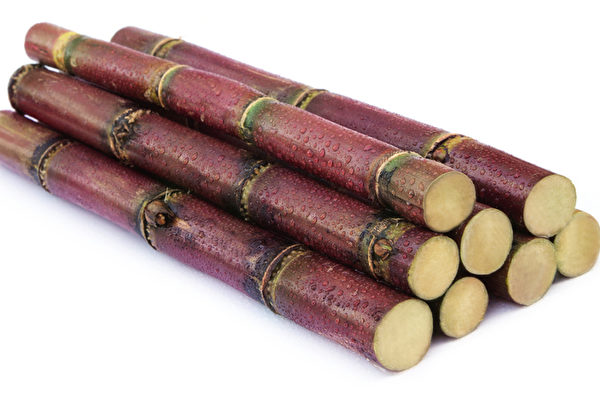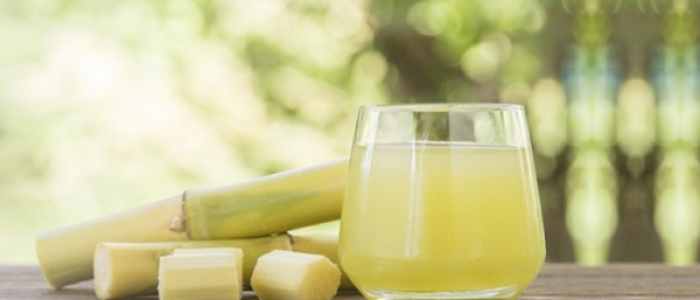Here are 10 drinks in Taiwan and China, some of them might be weird for you, but I still recommend you try them at least once.
1. Bubble Milk Tea (珍珠奶茶 zhēnzhū nǎichá)
Bubble tea, also known as boba tea, pearl milk tea, or simply boba, is a Taiwanese tea-based drink that has become popular around the world in recent years. The drink typically consists of a tea base (usually black tea or green tea), non-dairy creamer (you are right, there’s no milk in milk tea), sugar, and chewy tapioca balls (or pearls) that sit at the bottom of the cup and are sucked up through a wide straw. The tapioca pearls are usually black, and cooked with brown sugar. Most tea shops offer customizable options, allowing customers to choose their tea base, sweetness level, and toppings. It’s a popular drink among people of all ages.
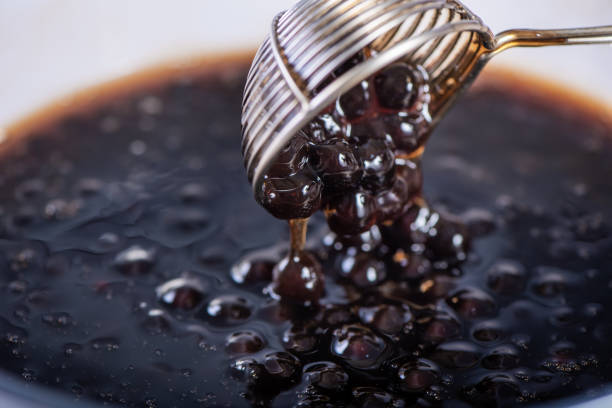
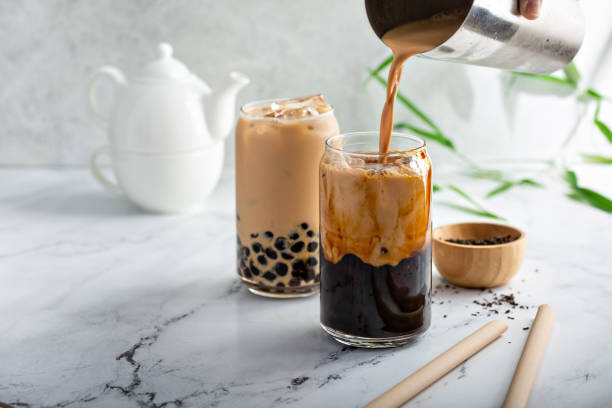
- Black tea with non-dairy creamer: 奶茶 nǎichá
- Green tea with non-dairy creamer : 绿奶茶 lǜnǎichá
- Oolong tea with non-dairy creamer: 乌龙奶茶 wūlóng nǎichá
- Bubble: 珍珠 zhēnzhū
- Taro ball: 芋圆 yùyuán
- Grass Jelly: 仙草 xiāncǎo
- Regular ice > easy ice > ice-free
正常冰 zhèngcháng bīng > 少冰 shǎobīng > 去冰 qùbīng
- regular sugar > less sugar > half sugar > quarter sugar > sugar-free
正常甜 zhèngcháng tián > 7分糖 qīfēn táng > 半糖 bàntáng > 3分糖 sānfēn táng > 无糖 wútáng
- Straw: 吸管 xīguǎn
- Plastic bag: 袋子 dàizi
F.Y.I.
My summer favorite is 半糖少冰珍珠奶绿 Bàn táng shǎo bīng zhēnzhū nǎi lǜ (Half sugar less ice pearl milk green tea), and for winter is 三分糖热珍珠乌龙奶 Sān fēn táng rè zhēnzhū wū lóng nǎi (light sugar hot pearl oolong milk tea)
2. Grass Jelly Drink (仙草茶 xiāncǎo chá)
This refreshing beverage is made from Chinese Mesona leaves. It has a slightly bitter taste and is often mixed with syrup or honey for added sweetness. Aside from being a refreshing beverage, 仙草茶 xiāncǎo chá is also believed to have health benefits. Mesona is known for its cooling properties and is thought to help alleviate heat stroke and reduce inflammation. It is also believed to help with digestion and promote healthy skin.
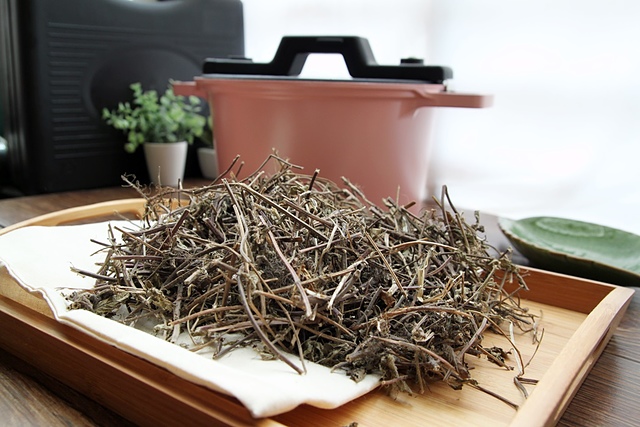

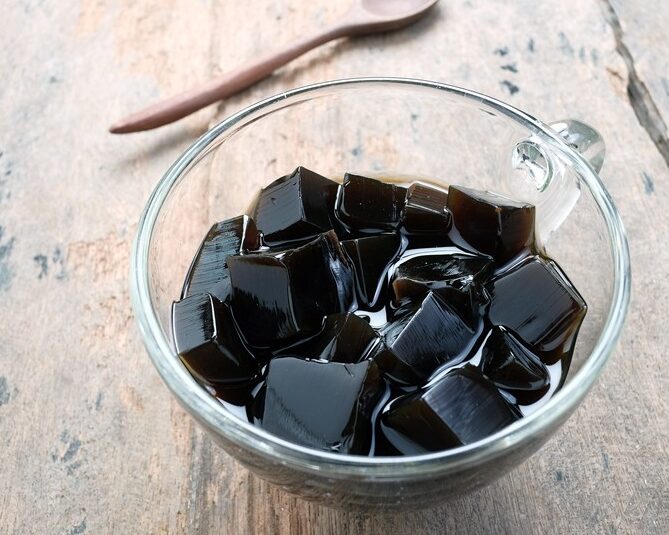
仙草 xiāncǎo, grass jelly, is a jelly-like dessert made from Chinese Mesona leaves, which are boiled and then cooled until they form a firm jelly. The grass jelly is then cut into small cubes or slices and added to a glass with ice and sweet syrup or honey.
3. Winter Melon Tea (冬瓜茶 dōngguā chá)
Winter Melon Tea is a traditional Chinese tea made from the winter melon, a large, oblong-shaped fruit with a hard, greenish-white rind and sweet, juicy flesh. The tea is made by boiling the winter melon with water and sometimes adding sugar or honey to sweeten the taste. It is a popular beverage in both Taiwan and China, particularly during the hot summer months when it is believed to have cooling properties that help to alleviate heat stroke and lower body temperature. It is also often consumed as a weight loss aid, as it is low in calories and believed to help flush toxins from the body.

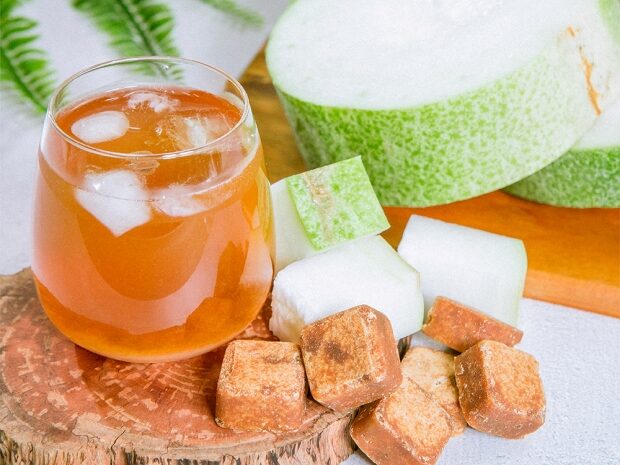
4. Chrysanthemum Tea (菊花茶 júhuā chá)
菊花茶 júhuā chá is a traditional Chinese herbal tea made from chrysanthemum flowers. The flowers are brewed in hot water and can be enjoyed either hot or cold. The tea has a golden color and a fragrant aroma, with a slightly sweet and floral taste. In traditional Chinese medicine, it is also often used to treat conditions such as high blood pressure, diabetes, and anxiety.
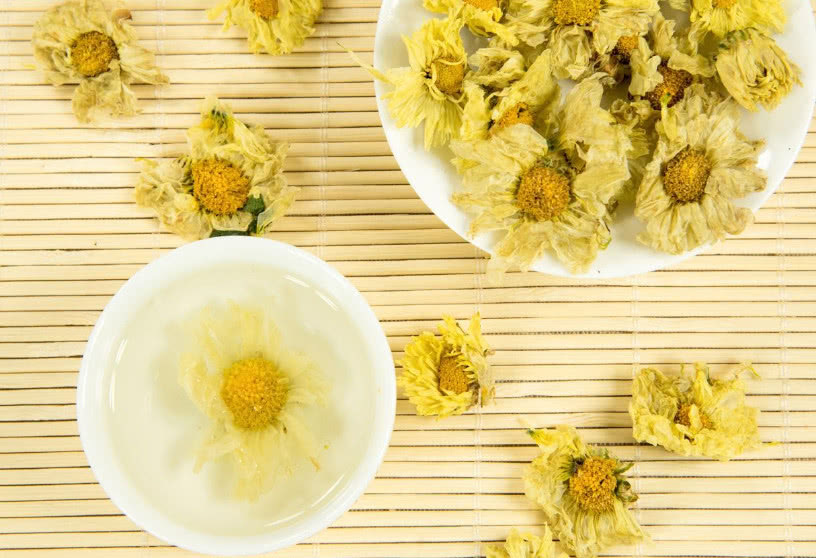
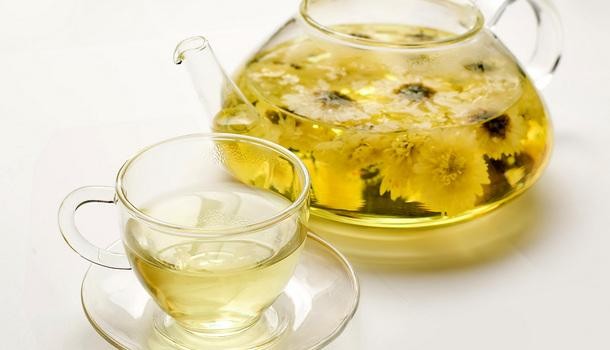
5. Herbal Tea (青草茶 qīngcǎo chá)
青草茶 qīngcǎo chá is a type of herbal tea that is popular in Taiwan and parts of China. It is made from a variety of herbs and plants, including mugwort, honeysuckle, and dandelion, among others. The tea has a greenish-yellow color and a slightly bitter, earthy taste. 青草茶 qīngcǎo chá is believed to have a number of health benefits, particularly for digestive and respiratory health. It is believed to help alleviate indigestion, bloating, and constipation, as well as reduce inflammation in the respiratory system and relieve coughs and other respiratory symptoms.
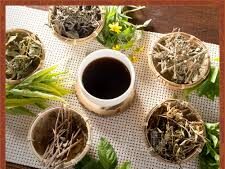

6. Sour Plum Juice (酸梅汤 suānméi tāng)
Sour Plum Juice is a popular beverage in Taiwan and parts of China. It is made from the sour plum, which is a small, tart fruit that is often used in Asian cuisine for its distinctive flavor. To make 酸梅汤 suānméi tāng, sour plums are soaked in water and sugar until they release their juices, which are then strained and served as a refreshing beverage. The resulting drink is tangy and slightly sweet, with a distinctive sour flavor that is reminiscent of lemonade.
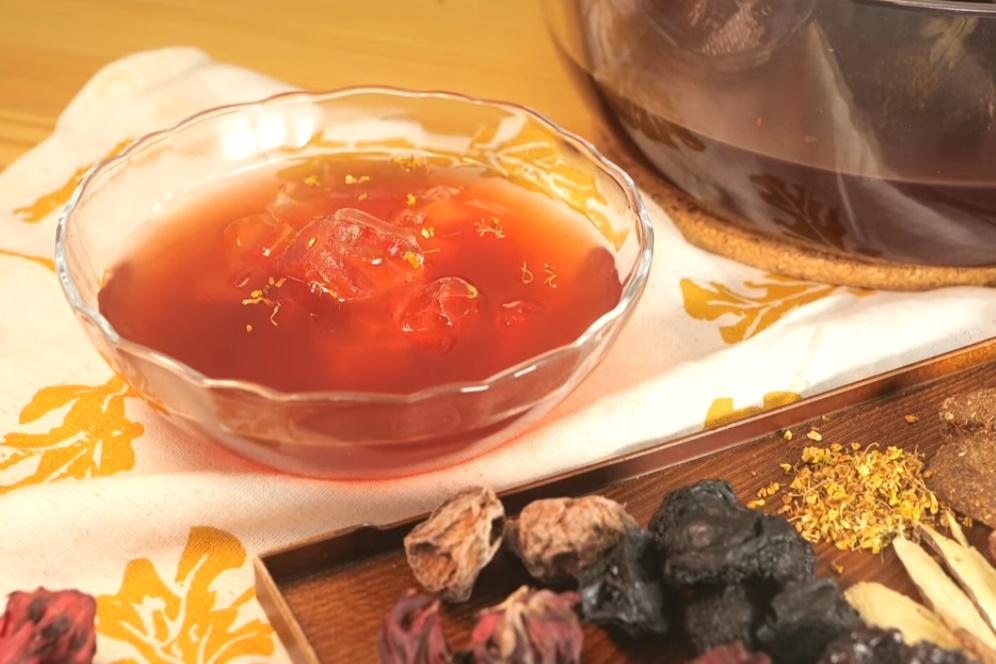

7. Asparagus Juice (芦笋汁 lúsǔn zhī)
Asparagus Juice can be found in health food stores and specialty juice bars in Taiwan and parts of China and is sometimes made at home using fresh asparagus. To make 芦笋汁 lúsǔn zhī, asparagus is first steamed or boiled to soften it, and then blended into a smooth puree. The puree is then strained to remove any fibrous bits, and the resulting liquid is served as a refreshing and nutritious beverage. It is believed to help stimulate the production of urine, which can help to flush out toxins and reduce the risk of urinary tract infections. It is also believed to have a mild laxative effect, which can help to alleviate constipation and promote regularity.
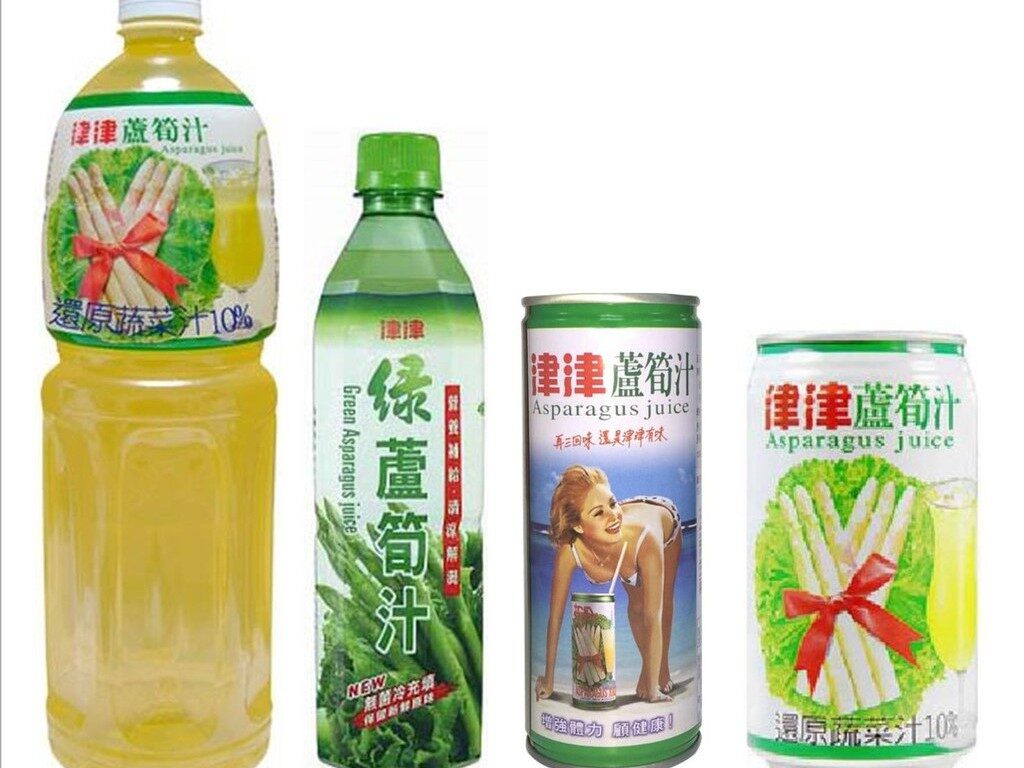
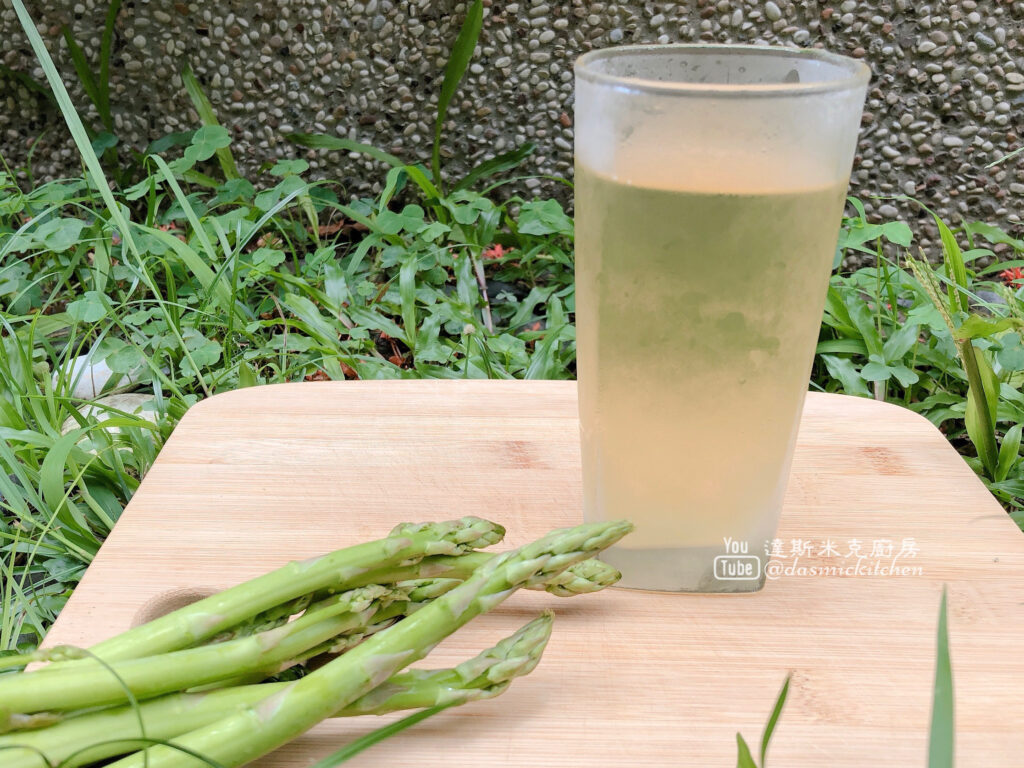
8. Apple Sidra (苹果西打 píngguǒ xīdǎ)
Apple Sidra is a popular carbonated beverage in Taiwan and China that is made from apple juice and soda water. It is a refreshing and slightly sweet drink that is often enjoyed as a thirst quencher on hot days. Apple Sidra can be enjoyed on its own or used as a mixer for cocktails and other alcoholic drinks. It is also commonly served at parties and events and can be found in many restaurants and convenience stores throughout Taiwan.
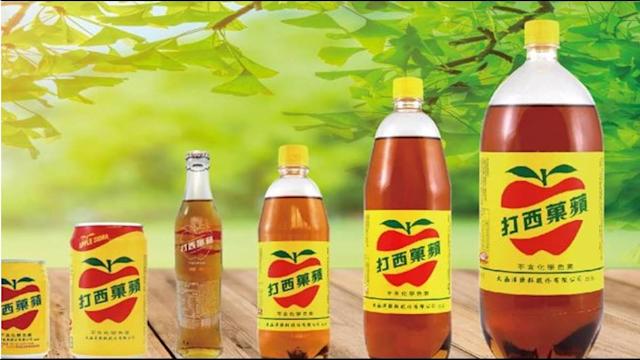

9. Starfruit Juice (杨桃汁 yángtáo zhī)
杨桃汁 yángtáo zhī is a popular beverage in Taiwan and China that is made from the juice of the star fruit, also known as carambola. To make Starfruit Juice, you need to peel and slice. And then blend it into a smooth puree. The puree is then strained to remove any fibrous bits, and the resulting liquid is served as a refreshing and nutritious beverage. Starfruit is rich in vitamin C and antioxidants, which can help to boost the immune system and protect against oxidative stress. It is also believed to have a mild laxative effect, which can help to alleviate constipation and promote regularity.
Not allowed if you have kidney disease!!
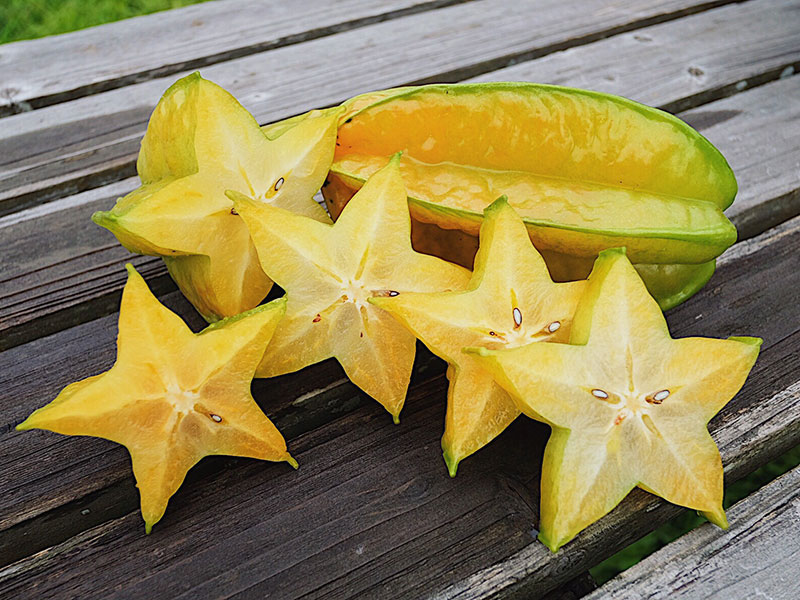
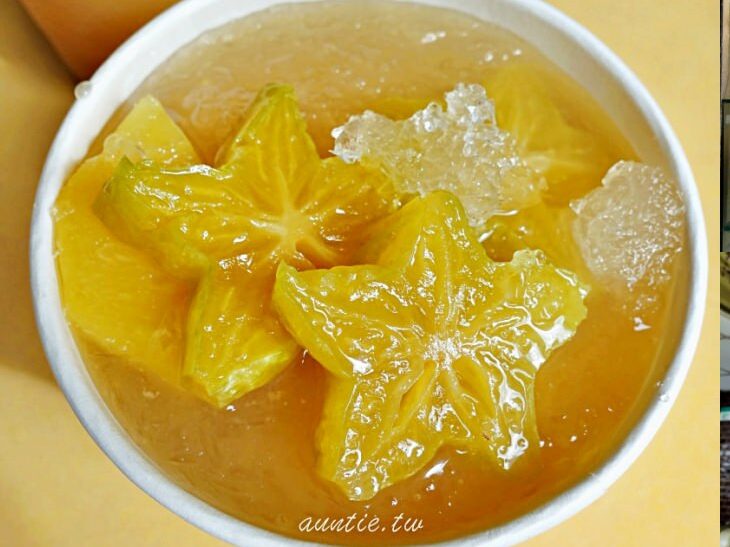
10. Sugarcane Juice (甘蔗汁 gānzhè zhī)
甘蔗汁 gānzhè zhī is a popular beverage in Taiwan and China that is made from the juice of sugarcane. Sugarcane is a tall, perennial grass that is grown in tropical and subtropical regions around the world and is known for its high sugar content and sweet taste. Sugarcane Juice has a sweet and slightly tangy flavor that is similar to that of other sugary drinks but with a unique and distinctive taste that sets it apart.
